News Beat
News Beat reporting is an idrw.org initiative to let our Readers to report News Based on Actual facts but some how has not been reported in Main Stream Media .
SOURCE: RAUNAK KUNDE / NEWS BEAT / IDRW.ORG
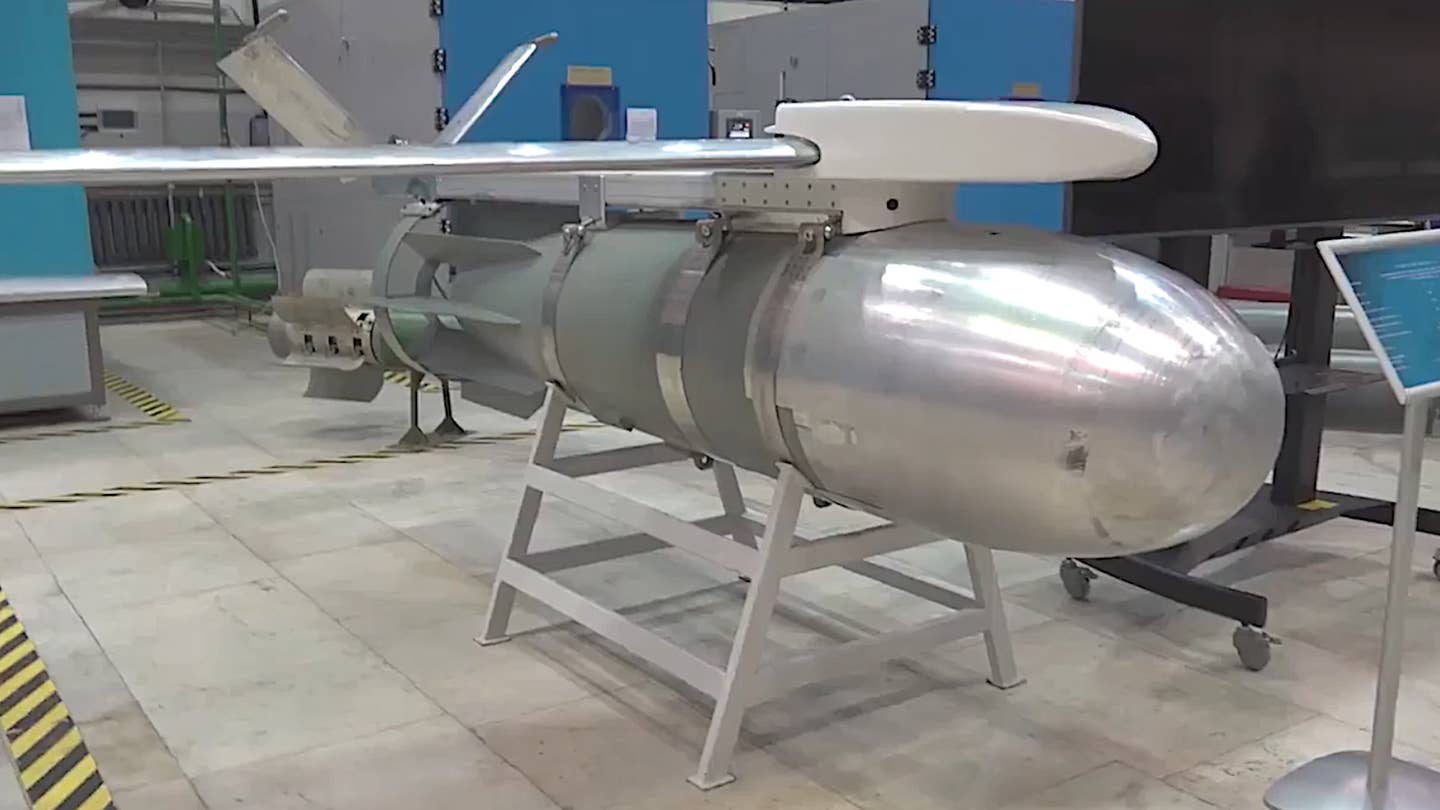
India’s defence sector is witnessing a significant development with Munitions India Limited (MIL) gearing up for mass production of 1,000-pound thermobaric bombs. This move comes after a successful initial delivery of 500 units to the Indian Air Force (IAF) by the end of 2023.
Thermobaric bombs are a potent weapon, releasing a cloud of flammable liquid that explodes mid-air, creating a devastating blast wave and intense heat. This makes them particularly effective against fortified positions, buildings, and enemy personnel in open areas.
Continue readingSOURCE: RAUNAK KUNDE / NEWS BEAT / IDRW.ORG
The Indian Air Force (IAF) is gearing up to bolster its offensive capabilities with a proposal to acquire nearly 200 New Generation Anti-Radiation Missiles (NGARM), also known as Rudram-I. The Rudram-I is an air-to-surface missile designed to neutralize enemy air defence systems, including surveillance and tracking radars as well as communication infrastructure. This empowers the IAF to effectively suppress enemy air defenses, paving the way for unhindered operations in contested airspace.
The Rudram-I boasts a sophisticated dual-seeker configuration. It employs a passive homing head seeker that detects and homes in on enemy radar emissions, making it effective against active radar systems. Additionally, a Millimeter Wave (MMW) seeker equips the missile to target even passive radar systems, further enhancing its operational flexibility.
Continue readingSOURCE: RAUNAK KUNDE / NEWS BEAT / IDRW.ORG
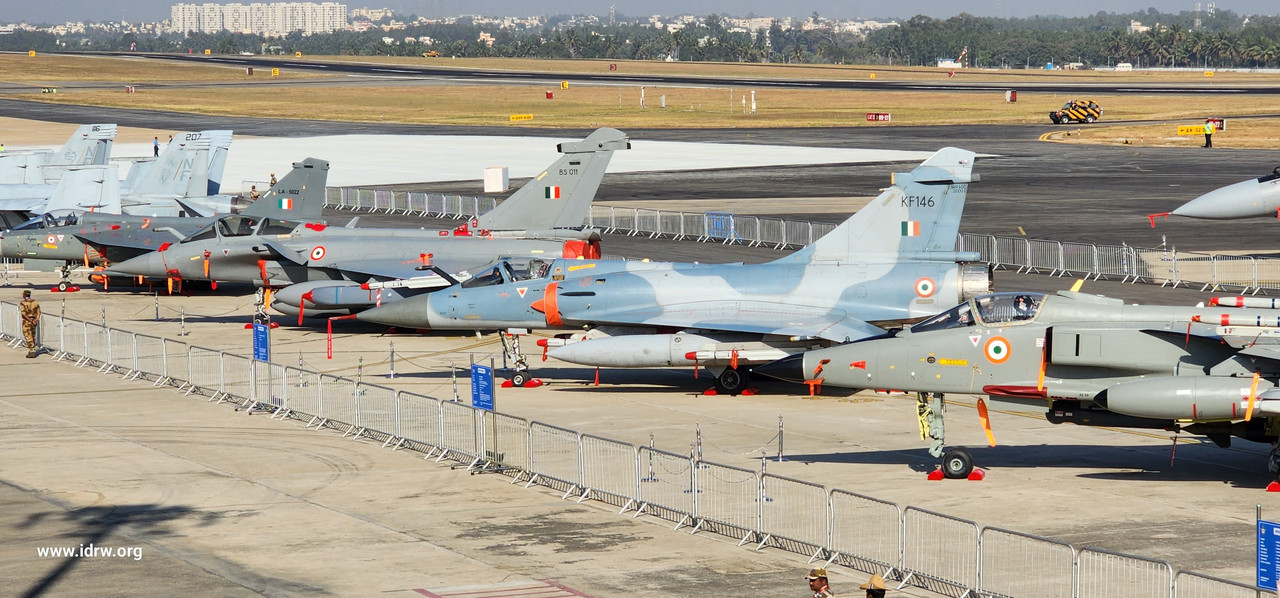
The Indian Air Force’s (IAF) Mirage 2000 fighter jet has been a mainstay for decades, playing a crucial role in air defence and even forming part of India’s nuclear triad – the ability to deliver nuclear weapons by air, land, and sea.
The Mirage 2000 is capable of carrying a single nuclear weapon – a 20-kiloton bomb, exceeding the destructive power of the bomb used on Hiroshima. While details remain classified, modifications were reportedly made two decades ago to accommodate this weapon on the aircraft’s fuselage.
Continue readingSOURCE: RAUNAK KUNDE / NEWS BEAT / IDRW.ORG

The Indian Air Force (IAF) is gearing up for a strategic shift in its maintenance practices. The force has formulated a plan to outsource a portion of the repair and overhaul process for its fleet of AN-32 tactical transport aircraft to private Indian companies.
This initiative aims to overhaul 60 AN-32s by the end of the 2028-29 fiscal year, with an average of 15 aircraft completed per overhaul cycle. The IAF will outsource five of the 11 stages involved in the overhaul process. These stages include the disassembly of subsystems and components, cleaning and paint removal, structural repairs and refurbishment, reassembly of subsystems, and final painting.
Continue readingSOURCE: RAUNAK KUNDE / NEWS BEAT / IDRW.ORG
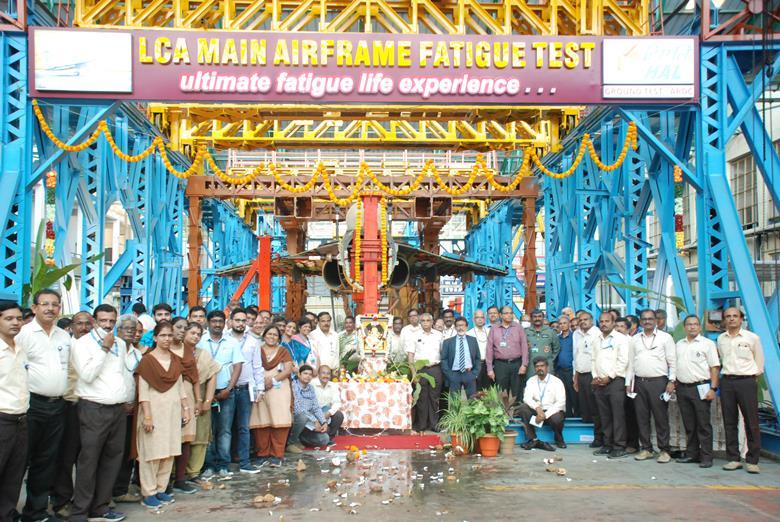
Hindustan Aeronautics Limited (HAL) is putting the LCA-Tejas Mk1A fighter jet through its paces in a critical airframe fatigue testing program. This initiative, launched in 2022 at the newly established Main Airframe Fatigue Test (MAFT) facility in Bengaluru, is designed to ensure the aircraft’s structural integrity and longevity.
The MAFT program involves subjecting a Tejas Mk1 airframe to simulated flight conditions that accelerate the ageing process. This is achieved by meticulously replicating the stresses and strains experienced by the aircraft during various maneuvers. Over eight to nine years, the test airframe will endure an equivalent of 8,000 hours of flight time – a significantly higher rate than actual operations, which typically involve around 200 hours per year.
Continue readingSOURCE: RAUNAK KUNDE / NEWS BEAT / IDRW.ORG

The Indian Navy is actively supporting the development of Extra-Large Unmanned Underwater Vehicles (XLUUVs) as a key tool for safeguarding the vast Indian Ocean region. These advanced underwater drones hold immense potential for underwater surveillance and strategic missions.
The Navy anticipates deploying nearly two dozen XLUUVs to patrol the Indian Ocean seabed, with a prime focus on detecting Chinese submarines operating in the region.
Continue readingSOURCE: RAUNAK KUNDE / NEWS BEAT / IDRW.ORG

Hindustan Aeronautics Limited (HAL) is pushing forward with the development of its indigenous Hindustan Turbo Fan Engine (HTFE-25). This engine, designed for a thrust of 25 kN, has the potential to power a variety of aircraft, including trainer jets, unmanned aerial vehicles (UAVs), light combat aircraft, and even regional jets.
The inauguration of a new design and test facility at HAL’s Aero Engine Research & Development Centre (AERDC) in December 2023 marked a significant step towards accelerating the HTFE-25 program. This state-of-the-art facility houses advanced equipment and testing capabilities, aiming to expedite the engine’s development cycle.
Continue readingSOURCE: RAUNAK KUNDE / NEWS BEAT / IDRW.ORG
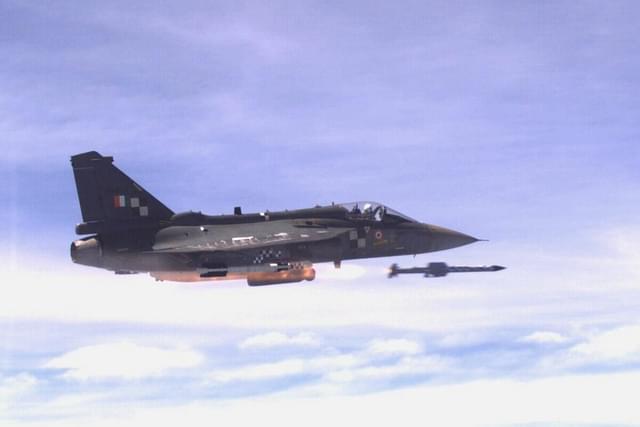
The Aeronautical Development Agency (ADA) has issued a tender for a crucial analysis project related to the integration of the Astra Mk-I air-to-air missile on the Light Combat Aircraft (LCA). This project focuses on ensuring the reliability and safety of this integration.
The tender calls for a “Reliability And Safety Analysis For Astra Mk-I Integration On Lca.” This analysis will play a vital role in minimizing potential risks associated with the Astra missile’s integration into the LCA fighter jet.
Continue readingSOURCE: RAUNAK KUNDE / NEWS BEAT / IDRW.ORG
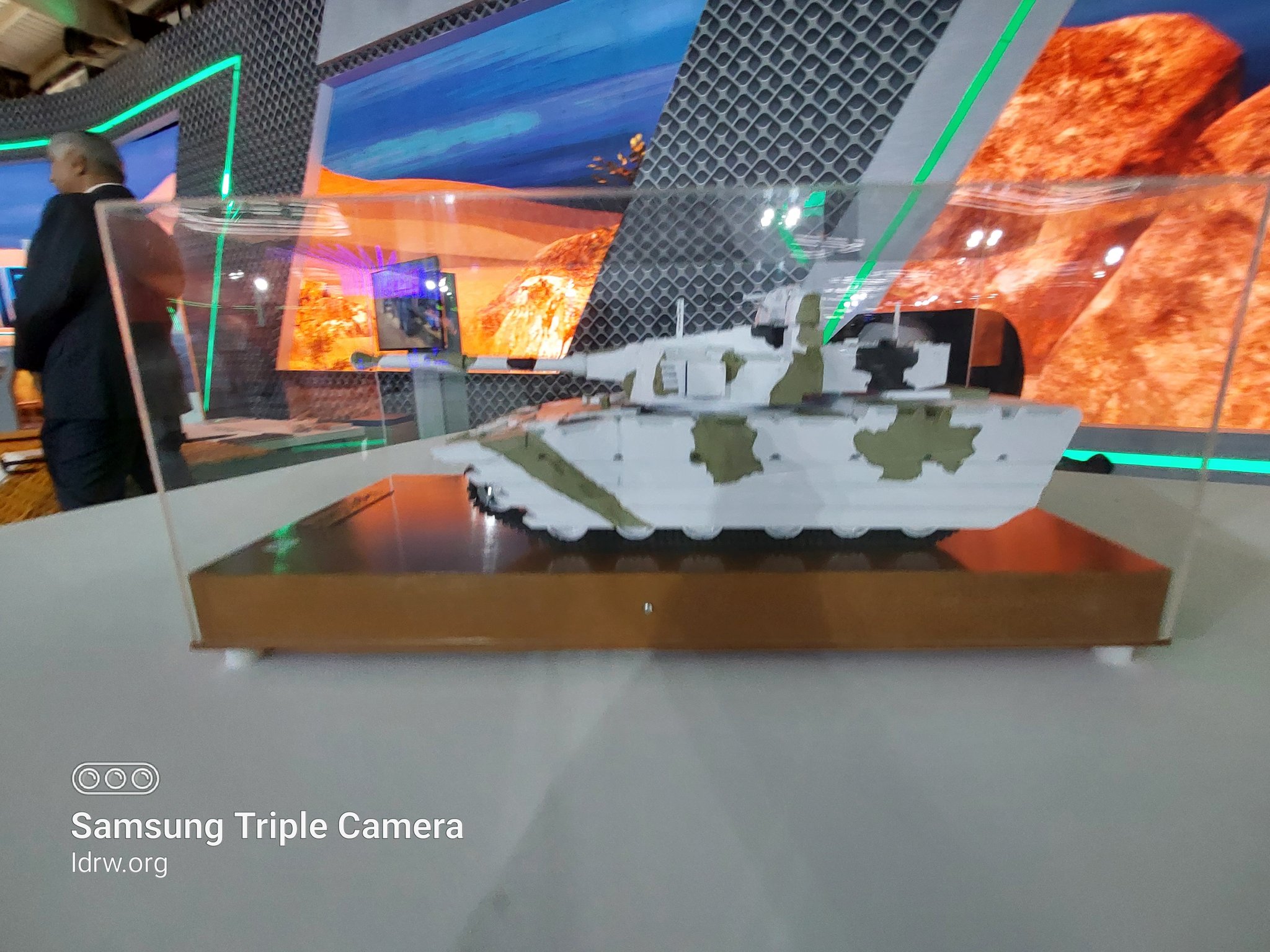
The Defence Research and Development Organisation (DRDO) is likely to propose the development of a self-propelled anti-aircraft gun (SPAA) variant based on its indigenously developed Light Tank. This proposal comes in response to the Indian Army’s long-standing requirement for 104 units of mobile short-range air defence systems.
The Indian Army’s Self-Propelled Air Defence Gun Missile System (SPAD-GMS) program aims to address a critical gap in its air defence capabilities. DRDO’s solution leverages the Light Tank chassis, offering a highly mobile platform for this new SPAA system.
Continue readingSOURCE: RAUNAK KUNDE / NEWS BEAT / IDRW.ORG

The Indian Navy is reportedly exploring options to extend the operational life of its MiG-29K fighter jets beyond the initial retirement timeline of 2035. This move comes amidst delays in the procurement of a replacement aircraft under the Twin Engine Deck-Based Fighter (TEDBF) program.
The TEDBF program, aimed at acquiring new carrier-borne fighters, is yet to receive crucial approval from the Cabinet Committee on Security (CCS). This delay is expected to push back the program’s timeline significantly. Even under an optimistic scenario, the CCS clearance next year would be followed by a three-year rollout period, developmental flight trials lasting 3-4 years, and finally production – a process unlikely to be completed before 2033.
Continue readingSOURCE: RAUNAK KUNDE / NEWS BEAT / IDRW.ORG
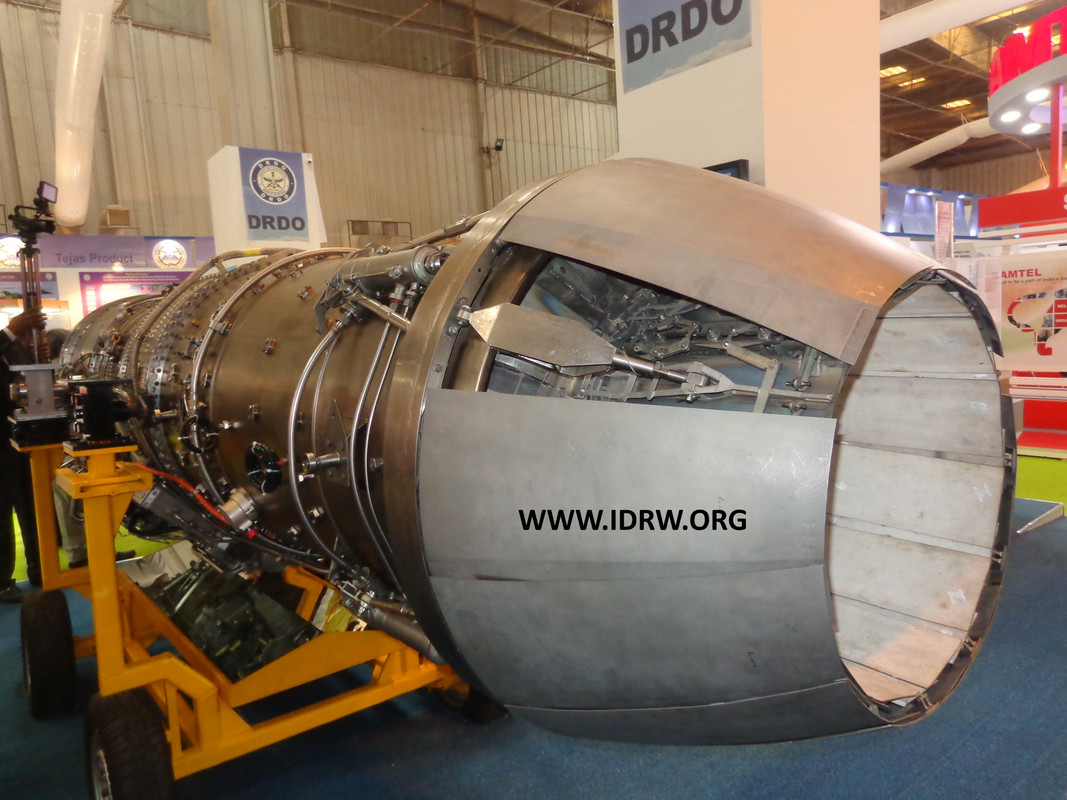
The Gas Turbine Research Establishment (GTRE) of India’s Defence Research and Development Organisation (DRDO) has received a new batch of Dry Kaveri engines. These engines will undergo further testing and certification to pave the way for their integration into indigenous fighter jets.
This development marks a significant step forward for the Dry Kaveri program, which aims to develop a powerful engine for the DRDO Ghatak Unmanned Strike combat aircraft. After nearly a decade of delays, the project seems to be gaining momentum.
Continue readingSOURCE: RAUNAK KUNDE / NEWS BEAT / IDRW.ORG

General Electric (GE) is poised to revolutionize India’s aerospace industry with its cutting-edge engine technology. Currently negotiating a deal with Hindustan Aeronautics Limited (HAL) for the F-414 engine, GE is pushing the boundaries of collaboration by proposing a significant transfer of technology (ToT) agreement, aiming for an impressive 80 per cent ToT.
The proposed collaboration between GE and HAL extends beyond the acquisition of existing engine technology. GE is also exploring the possibility of partnering with the Defence Research and Development Organisation (DRDO) to co-develop a new engine based on the F-414 platform. This engine holds the promise of powering India’s ambitious 5th generation Advanced Medium Combat Aircraft (AMCA) fighter jets, marking a significant leap forward in indigenous defence production.
Continue readingSOURCE: RAUNAK KUNDE / NEWS BEAT / IDRW.ORG

The Indian Army has made significant strides towards self-sufficiency in ammunition production. In a major push towards indigenization, the Army has identified local sources for nearly 150 out of the 175 types of ammunition it utilizes. This initiative aims to eliminate ammunition imports by the financial year 2025-26.
This development marks a significant shift for the Indian Army, which has traditionally relied on imports to meet a portion of its ammunition needs. The corporatization of Ordnance Factories and the entry of several private sector players in recent years have significantly bolstered domestic production capabilities.
Continue readingSOURCE: RAUNAK KUNDE / NEWS BEAT / IDRW.ORG

Hindustan Aeronautics Limited’s (HAL) HJT-36 Sitara intermediate jet trainer (IJT) program seems poised for a breakthrough. After years of delays, the aircraft is expected to receive final clearance later this year, paving the way for user trials and potential production.
The HJT-36, designed to replace the IAF’s ageing HJT-16 Kiran as a Stage-II trainer, faced a major hurdle when it initially failed spin tests in 2017. These tests, crucial for pilot safety, deemed the aircraft unsuitable for maneuvers rookie pilots might attempt, potentially leading to unrecoverable situations.
Continue readingSOURCE: RAUNAK KUNDE / NEWS BEAT / IDRW.ORG
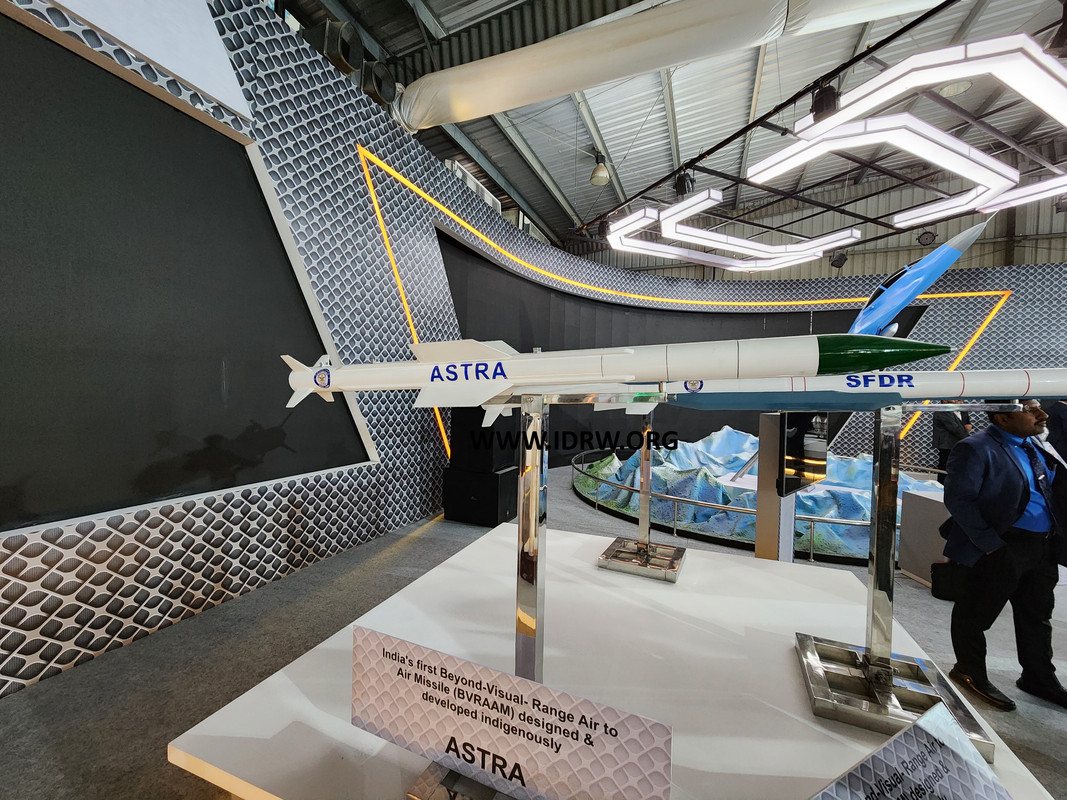
Bharat Dynamics Limited (BDL), the state-owned defence company responsible for manufacturing the Astra Mk1 BVR (Beyond Visual Range) air-to-air missile, is on track for significant production growth.
According to a BDL official speaking anonymously to idrw.org, the company is nearing a production rate of 50 Astra Mk1 missiles per year. This represents a substantial increase in production capacity and signifies BDL’s commitment to meeting the Indian Air Force’s (IAF) needs.
Continue reading